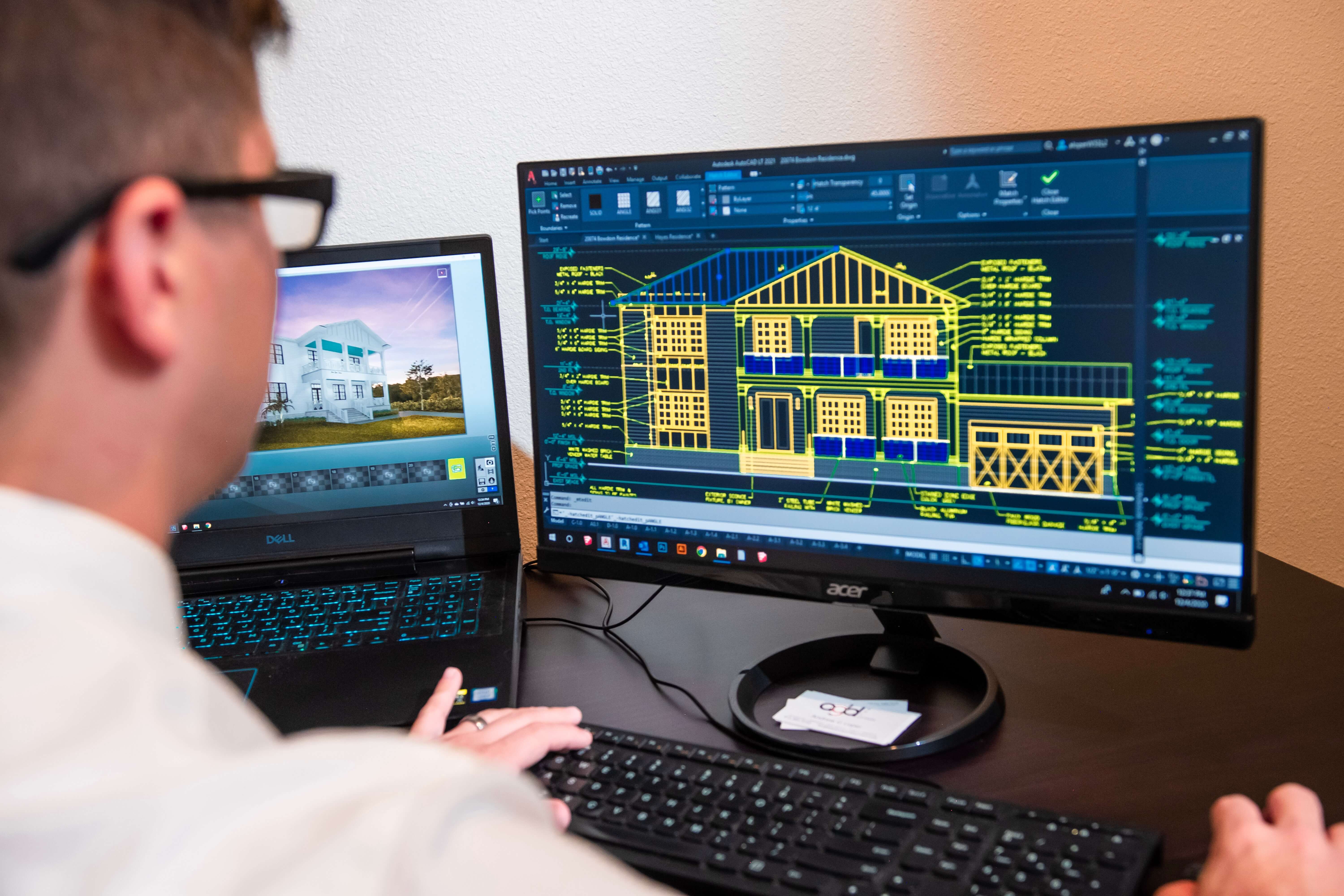
From the year 2000 - 2004 I worked on a PhD dissertation sketching out how Computer Aided Design (CAD) could help design better business models. A derivative of that was the Business Model Canvas, a practical business tool that Yves and I described in Business Model Generation in 2009 (get 70+ free pages). Then we watched in awe how the Business Model Canvas became a standard concept in companies like Mastercard, Coca-Cola, Siemens, Ericsson, and start-ups alike to design, build, and manage business models. It was unbelievable.
Yet, we didn't see anybody build the CAD system for business we envisioned over a decade ago, despite the widespread use of our concept. So Alan Smith, Peter Sonderegger, and I set out to co-found Strategyzer late 2010 to make that idea reality. Ultimately, we aim to revolutionize strategy and innovation with Computer Aided Design (CAD) like it did for architecture and engineering a long time ago.
So what can CAD bring to strategy and innovation that paper, MS PowerPoint, and MS Excel can't? Here are five points how CAD can help us build and run better businesses:
- Collaboration and Alignment: You can't design, test, build, and manage business models and value propositions on your own. In particular large companies have people and teams across the globe working on such projects. Conceptual tools like the Business Model Canvas and Value Proposition Canvas provide the shared language for collaboration. Web-based CAD tools like Strategyzer then provide the backbone to collaboratively work on business models and value propositions.
- Speed of Creating Alternatives: Rapid prototyping of alternatives is commonplace in the design professions like architecture. In strategy and innovation we now also see a shift complementing "handwritten" Canvases crafted in workshops with rapidly prototyped models crafted in tools like Strategyzer. You simply can't copy-paste, modify, or play with numbers as quickly on paper as you can in a CAD tool.
- Simulation: You simply can’t play with numbers as quickly on paper as you can in a CAD tool. Architects and Engineers use CAD tools to visualize objects, but also to analyze if the will hold up to the forces of physics. Imagine using CAD tools in business to understand the dynamics, sanity, scalability and profitability of your business model. In our master workshops I like sketching out two business models for the same technology in Strategyzer to demonstrate how one model creates 40 times more profit than the other. Of course you still need to test either model in the market, but ask yourself which one you'd want to test first...
- Tracking & Monitoring: You design, test, and explore several Canvases when you go from an initial idea to a successful business. Tracking your progress is crucial to understand what works and what doesn't. We learned this with our own business model and can't wait until Strategyzer evolves to a system that allows tracking and monitoring entire portfolios of business models and value propositions and their lifecycle.
- Integration: To understand business success you need to understand how vision, mission, business models, value propositions, business environment, organizational culture, etc. relate to each other. Enterprise Resource Planning (ERP) brought such an integrated view to operational issues like accounting, HR, or CRM. At Strategyzer we believe the same can be brought to strategy. That's why we sometime jokingly refer to our vision as building "the SAP of Strategy", SAP being one of the largest software companies and leading ERP provider.

At Strategyzer we believe that (Web-based) CAD will become inevitable in the future to build and run better businesses. However, the last couple of years we learned that we are trying to create an entirely new market that first requires a behavioral change. Only when companies use conceptual tools like our Canvases as a shared language to design, test, build and manage business models and value propositions will they graduate to software. It's our mission to make both happen.
Will you join us on our journey to bring Computer Aided Design (CAD) to strategy and innovation?

